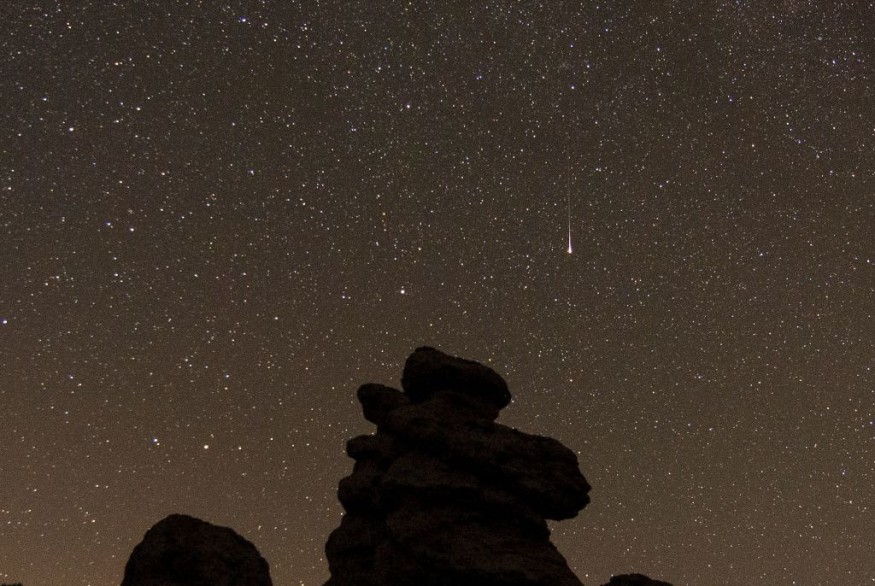
Each year, the Perseids meteor shower runs from July 17 all the way to August 24. It is one of the year's most vibrant celestial events.
Perseids Meteor Shower 2023
This 2023, the Perseids are expected to peak by August 13 night, Science Alert explains. Sky At Night adds that this peak is expected to last around 16 hours, making it quite long. During this time, the Earth will be passing through the densest part of the trail of Comet 109.
Generally, the Perseids consist of particles that crumbled away from a wide comet that zoomed into and out of the inner parts of the Solar System. The meteor tails all apparently point to the Perseus constellation of the northern hemisphere. This is why the cosmic event is referred to as the Perseids meteor shower.
NASA adds that the Perseids are known for their fireballs, which are huge light and color explosions that may last longer compared to typical meteor streaks. This is because of fireballs' origin, which are larger cometary material particles. These fireballs also tend to be brighter. In fact, their apparent magnitudes can go beyond -3.
Last year, there was a full Moon during the peak of the Perseids, BBC Science Focus explains. However, this year, the Perseids are expected to shine brighter as the night sky will be remarkably dark. Forbes notes that this is due to the fact that the peak will take place just a couple of nights before the New Moon.
During the peak, northern hemisphere watchers may be able to witness as many as 60 to 70 meteors blazing in a single hour. As such, this is provided that they watch the scene from areas that allow for a clear and dark view of the night sky,
When and Where To Watch Perseids Meteor Shower
According to Forbes, the longer one stays up during the peak of any night, the brighter the Perseids meteors will be. By around 2:00 a.m., the Perseus constellation will be looming over the darkest possible night sky.
It is important, however, to ensure that one's eyes have adapted to the dark. Science Alert notes that the eyes need around 30 minutes to adjust to darkness.
Fancy equipment may also not be a requirement, as the meteor shower can be easily seen with the naked eye. As such, this is especially true if viewers move out of the city and away from light pollution and smog.
To find an ideal viewing spot, sky watchers can tune into the atlas of artificial sky brightness.
More Meteor Showers Coming
After the Perseids meteor shower, sky watchers can look forward to two more: the Southern Delta Aquarrids and the Alpha Capricornids. Both of these showers are active from mid-August up until mid-September, Forbes explains.
Check out more news and information on Space in Science Times.
© 2026 ScienceTimes.com All rights reserved. Do not reproduce without permission. The window to the world of Science Times.












